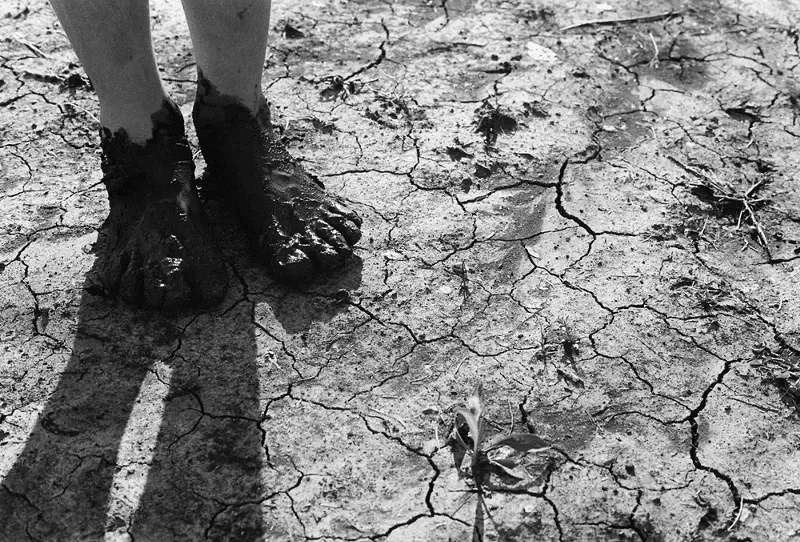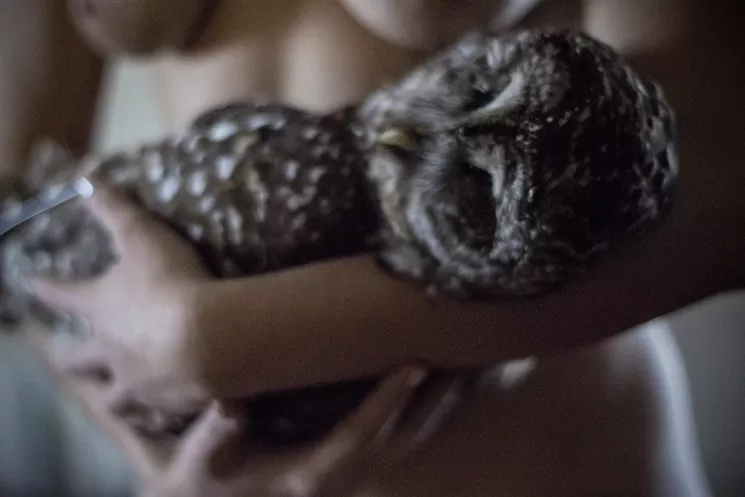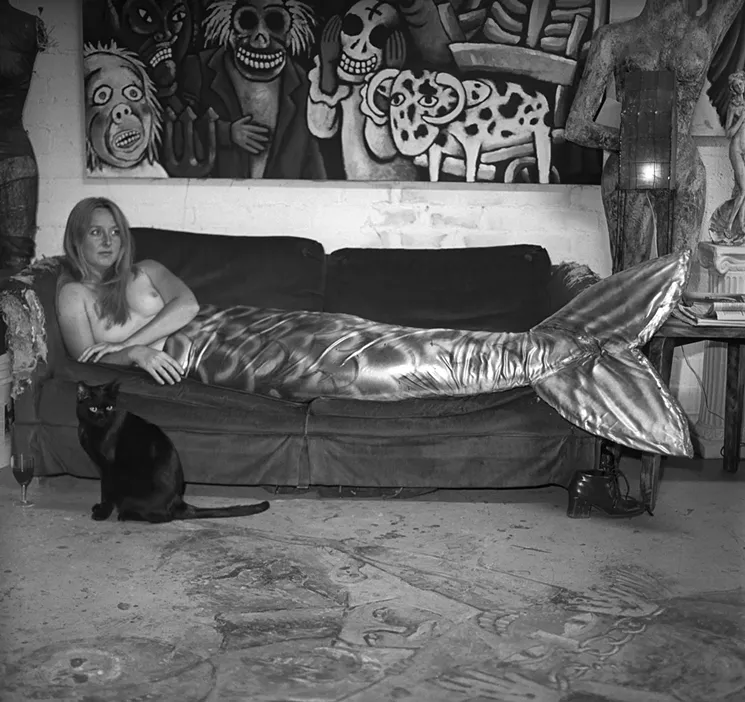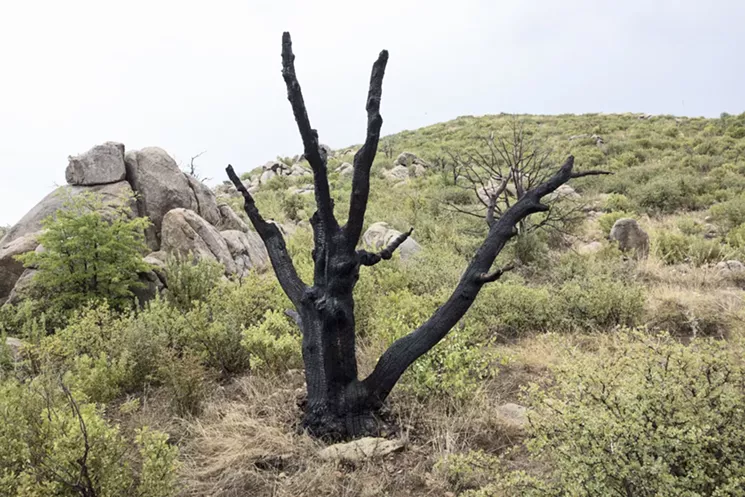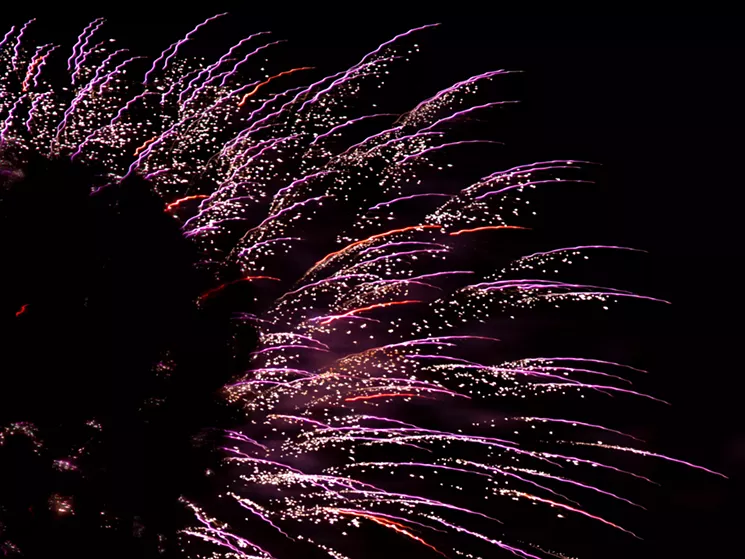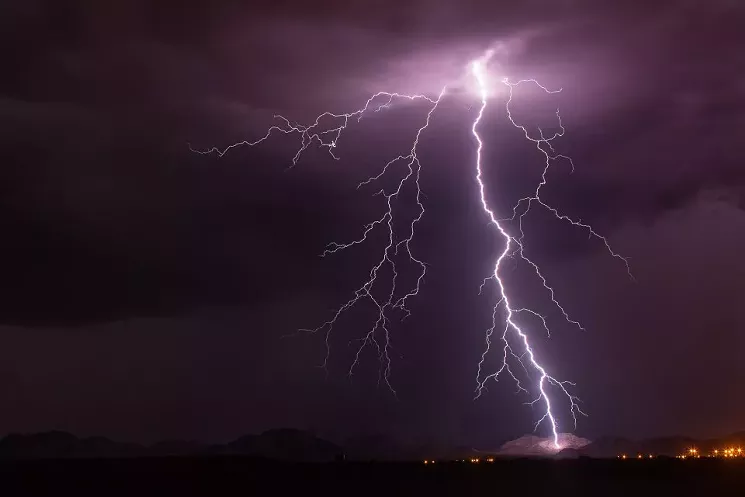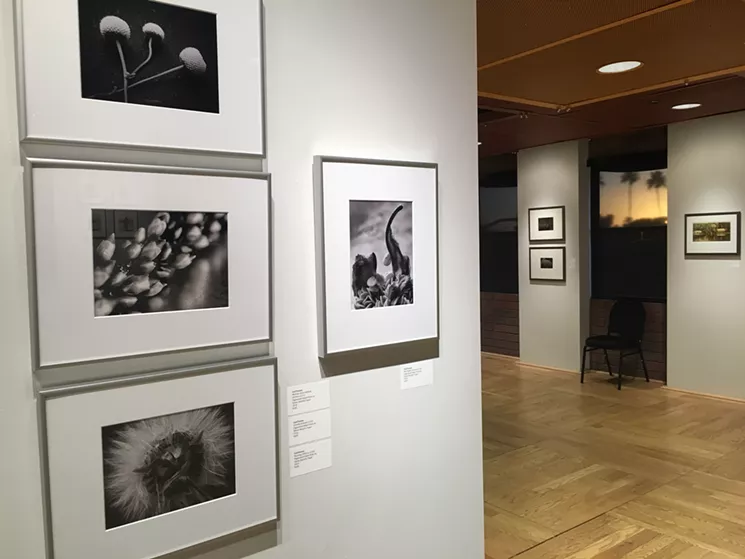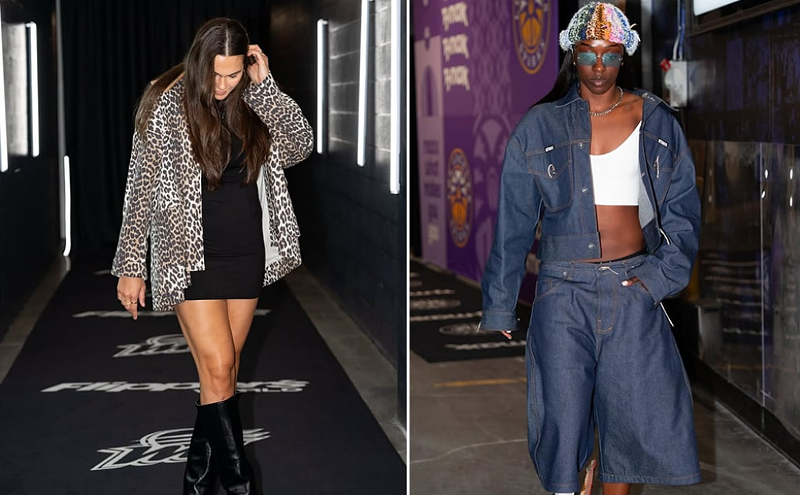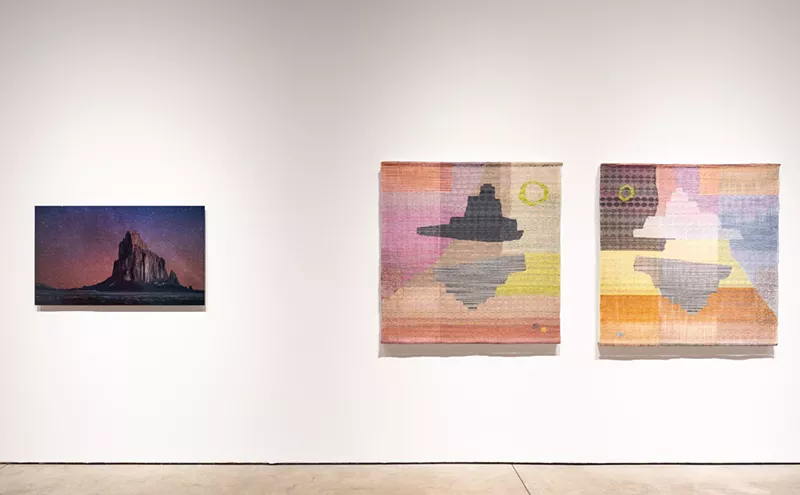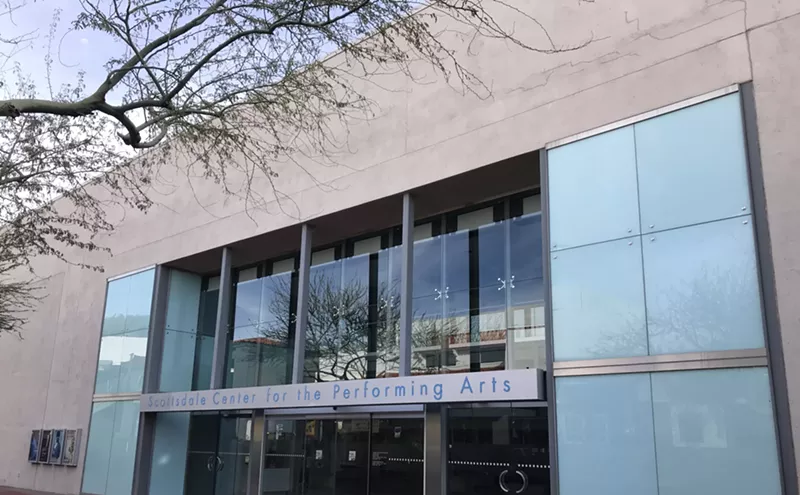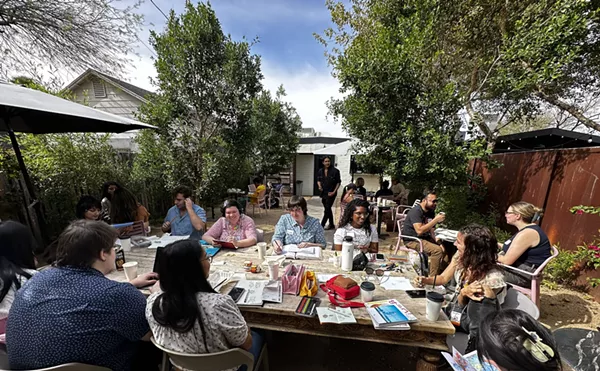Either way, the summer months are a great time to up your picture-taking skills. So, we’ve gathered tips from several professional photographers and artists working in metro Phoenix.
They’ve addressed basic elements of taking good photos, including lighting and composition. And they’ve got suggestions for specific types of photos, including portraits and landscapes.
We’ve even got tips for photographing fireworks, and the monsoon storms that infuse the desert sky with glorious variations of line and light.
Plus, we’ve gathered pro tips for choosing the right equipment, information on photography exhibits that’ll help hone your eye for what makes a good image, and related resources — including where to find local photography classes.
Here’s a look at practical tips shared by metro Phoenix photographers.
Composition
Rembrandt QuiballoComposition is basically how elements relate to each other. When you get it right, you have an aesthetically pleasing image. Create compositional harmony by considering both the central image and the background, instead of concentrating so much on one that you forget about the other.It helps to remember basics like the "rule of thirds" and the "rule of space," even if you want to break some of the rules to make images that stand out.
Pro tip #1: For the rule of thirds, imagine lines that cut your frame into three sections, both vertically and horizontally. Then place your central subject along a one-third point in the frame.
Pro tip #2: For the rule of space, use negative space to help draw the viewer’s eye to your central subject. Include elements (such as people looking at art) to help show the scale of your subject and convey a sense of movement in the scene.
Remember that backgrounds should accentuate the subject. I tend to go towards simplicity, so I avoid busy backgrounds that can subtract from the subject or what I’m trying to convey.
Don’t be afraid to try out different compositions. You can omit things, include other elements, vary your distance from the subject, shoot from a different angle, or change the orientation of your shot to find a composition that you’re happy with.
Lighting
Ashley CzajkowskiThe word photography literally means to draw with light. Light makes a photograph, so the quality of your light determines the quality of your photograph.I almost always prefer natural light. Sunlight is powerfully bright, so you can get a good exposure. And it’s the light that the human eye sees as normal. If you’re indoors, use natural light from a window.
Of course, natural light is always changing. So you have to actively look for where the light is coming from, whether your subject is in the light or shadow, and the angle of the sun.
Pro tip: Try to shoot early in the morning or in the late afternoon as the sun is setting, to avoid the harsh light of midday sun.
If you’re taking photographs at night, or indoors without natural light, use the brightest lights you can to avoid underexposed images. I love to use headlamps or car headlights, which can create a dramatic, mysterious effect.
The biggest mistake people make with light is ignoring it. Try to think about different qualities of light – including how bright it is, whether it’s harsh or diffused, and the direction it’s coming from.
Portraits
Marilyn SzaboThere isn’t a formula to give, but it’s important to know the scene and the lighting. Focusing on the subject first, instead of the lighting first, is a common mistake. Or people have too much visual clutter, because they didn’t put enough thought into it.Projecting a sense of confidence helps your subject feel confident. Learn as much as you can ahead of time about the person you’ll be photographing, and the setting for those photos. Having a conversation with your subject will help you capture some sense of their personality.
Pro tip: Spend a lot of time just making portraits with no background. Make them interesting with light.
Being able to direct the scene is especially important. Sometimes I tell people that I’m just going to sit and look at them for a while, or have them move around the space where I’ll be taking their photo.
It helps to spend time looking at fine art portraits in person, rather than online. And you can take workshops with photographers who bring out their archival prints for students to see.
There’s some innate talent that can’t be taught. But there are basics it’s helpful to consider. Watch the clutter, and remember that less is more. Make sure the background really connects to your subject and adds something to the photograph.
Landscapes
Ryan ParraThe most important thing is figuring out the most important part of the landscape, then framing your photograph accordingly.The rule of thirds is a great starting point for composition. If the sky is the most important element, give it the most space using the rule of thirds to assure it fills in the top two-thirds of your photo, for example.
Pro tip: If you’re photographing a sunset, include parts of the landscape instead of just the sky. It’ll make your picture more interesting and less cliché.
Balance your landscape by paying attention to various objects in the scene, such as trees. Think about how much visual weight you want various objects to have, then compose your photos accordingly. Include a person or other element to help viewers grasp the scale of your main subject.
Create anchor points using the rule of thirds, which make your photograph more dynamic. Also, create layers within your photograph to keep the viewer engaged and allow for different interpretations.
Make sure you have a tripod and wide lens if you’re doing a lot of landscape photography. I typically use a 28 mm lens, and I like cheap plastic tripods because they’re so portable. The tripod helps when you need to use a longer exposure in low light and don’t want your hand movements to blur the image.
It’s also helpful to read books on the history of landscape photography, so you see what great masters of photography did and experimented with. Check out Naomi Rosenblum’s A History of Photography and Joan Fontcuberta’s The Photography of Nature & The Nature of Photography.
Think of landscape photography as a way to create visual poetry. Then try to bring a little poetry, ambiguity, and mystery to your images.
Fireworks
Davin LavikkaDon’t rely on autofocus if you’re taking fireworks photos. Instead, focus manually at infinity and wait. You’ll need to use a tripod or some sort of stable surface. I’ve set my phone against beer cans to get the shot. It’s best to use an interchangeable lens camera, along with fast prime lenses. You can set the lens to infinity and not worry about focusing.
If you’re at an event, a wide-angle lens is good because everything is overhead. I use a short telephoto from my roof because I live a few blocks from Steele Indian School Park and I don’t like to fight the crowds [at Fabulous Phoenix 4th].
You can use a high-end cell phone if you set it manually. Use long exposures from .5 to 2.5 seconds at a low ISO to get the best results. Shoot with your lens at its widest aperture, or close to it.
Pro tip: Really it’s all about timing. Watch for single blooms going up, and snap your photos just before they burst. The simplicity of a single bloom is best, as opposed to the grand finale, which is the very definition of a hot mess.
Fireworks are fireworks, so do something else to make a photo your own. Put something in the foreground. I like to catch them through trees, but this year I’m going to try and get some reflections of fireworks off buildings.
Storms
Mike OlbinskiYou can get some great storm shots with a really nice cellphone camera, and there are some good apps out there that help with shooting lightning. Or you can use still shots from slo-mo video recorded on your iPhone.Another option is a DSLR or other camera that will let you manually set it for a long exposure, such as a Canon Rebel or the Nikon equivalent. You'll also need a tripod and some kind of cable release to control the camera. Then you point the camera towards your scene and let it take pictures over and over again at 5- to 10-second intervals, or 20- to 30-second intervals at night.
If you want to actively look for storms, check the National Weather Service predictions for your area. Once storms are going, you can track them on your cell phone using an app like RadarScope.
Composition is important, but what you prefer is a matter of taste. I like to get out in a wide-open area without a lot of visual clutter. If you're near something like power lines, try to use them to your advantage. Sometimes you can get a bit of cool architecture in your shot.
Pro tip: I try to find garages or rooftops where I can get up high, then shoot down at where lightning is striking or a dust storm is rolling in.
If you're shooting a dust storm with a cell phone, put it in panel mode so you can shoot a wide panel of dust. Get out in front of the weather so you can capture it coming in. I've got tutorials on YouTube, and you can also get tips on a website called Digital Photography School.
Shooting storm clouds can be kind of boring, so find a cool composition. The biggest mistake people make in taking storm pictures is only paying attention to the storm, instead of what's around them. Learn how to use your camera better in general, and that will help you take better storm photos.
Practice a lot. Read up on photography. And spend time looking carefully at other people's photos. You have to put in the work. Most of it is just experience and learning from your mistakes.
The Bottom Line
Every photographer we talked with mentioned the importance of practice. “There is no substitute for just getting out there and shooting,” Czajkowski says. “The best way to become a better photographer is to keep taking photographs — every day.”Even so, it’s not enough to simply take a lot of photos. Instead, Czajkowski recommends taking photographs with intention, which means slowing down to give each one your time and attention.
“Think about how you are composing your subject in the frame, and look at how and where the light is illuminating your subject,” she says. After that, adjust as needed — then take your photo.
Choosing Equipment
We talked with Alan Fitzgerald about choosing a camera and other equipment. He’s the executive director for Art Intersection, which offers photography exhibitions, workshops, and photographic lab space for beginning, amateur, and professional photographers. Here are some of the highlights:A cellphone camera is most convenient if your focus is sharing images through Facebook, Instagram, or other social media. Look for a cellphone that has HDR (high dynamic range). That means it will take multiple shots in rapid succession, then blend them into one optimal image.
Do a little homework on a website like Digital Photography Review before you choose a camera.
For amateur photographers, Nikon and Canon have good options in the $1,000 range. One option for saving money is getting refurbished rather than new equipment.
If you’re buying a kit, make sure its lenses work for what you want to shoot. For travel and family photos, you can probably go with an 80 mm lens.
You can learn about lenses on YouTube, or use a slider tool on the Nikon website that shows you the different images various lenses create.
Pro tip: You can clean your lens with a soft cotton rag. But never use a bath or beach towel, because terry cloth will ruin your lens.
If you’re traveling, avoid heavy equipment. Use a simple neoprene case, and always use your camera with a neck or wrist strap. Consider dust- and splash-proof cameras.
Choose a memory card that won’t fill up quickly, and always have at least one extra 32 GB card on hand. Keep an extra battery with you at all times, as well.
Camera shops can offer advice on choosing and caring for equipment. Fitzgerald does one-on-one consulting at Art Intersection for people who want to learn more about using the features on their camera. He charges $65 a session, and most sessions last about 90 minutes.
This article originally appeared in 2018 and has been updated.

